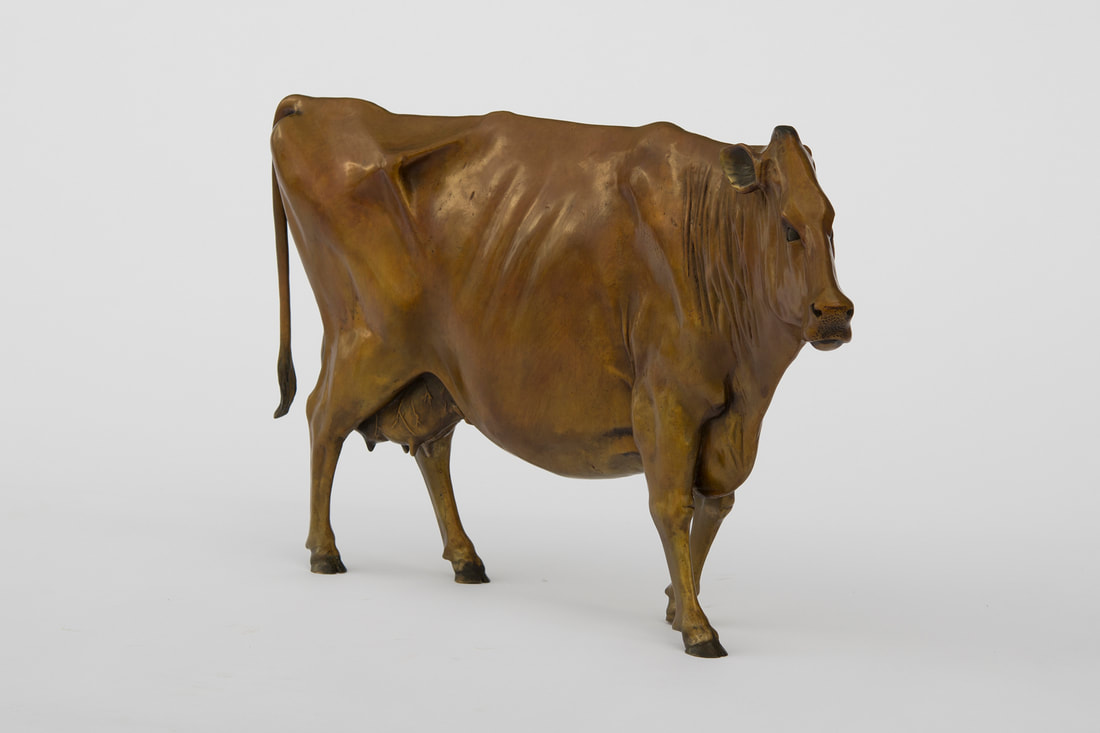Herd
The history of clay is the history of our connection to the land, whether that is using clay to make vessels for food storage or amending poor soil for a better harvest. Harnessing the earth’s energy makes us human, but the method we choose defines our character. One of our oldest and most defining relationships as humans is our connection to the land through agriculture, with the potential for nourishment, fertility, and social and ecological sustainability. But agricultural production has also been the site of some of this nation’s most oppressive and damaging practices. The physical compression in space of the cattle in Herd speaks to some of our darker cultural values towards domestication, dominance, and control. What is the breaking point at which our value system shifts from labeling a practice as acceptable to identifying it as an atrocity? When we talk about human rights, or animal rights, what are the conditions in which we thrive vs. mere survival, and what is the impact on a population that lives under any kind of prolonged oppression? An ecosystem or a community that is thriving is one with abundance and diversity, which in turn support health and individual expression.





















